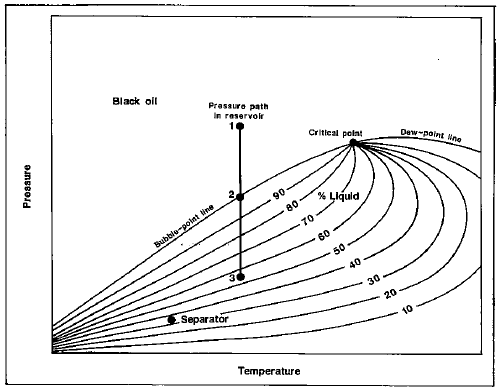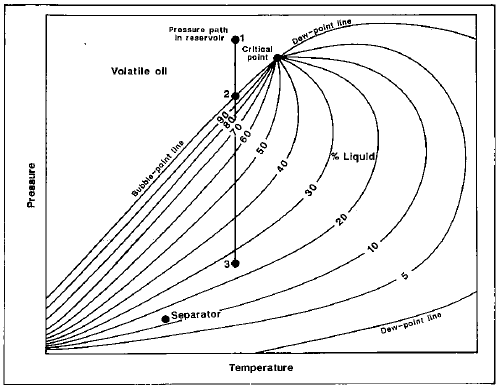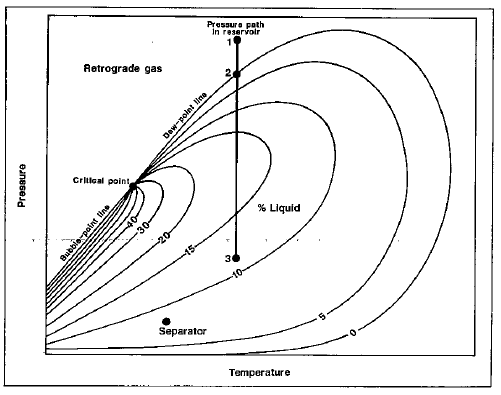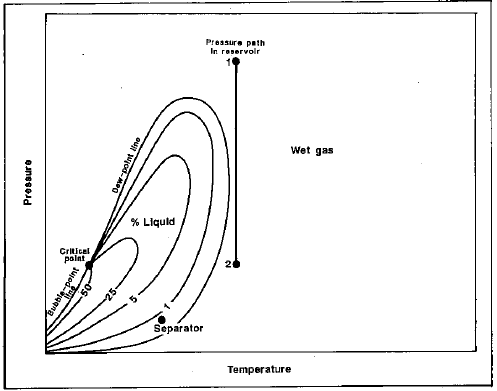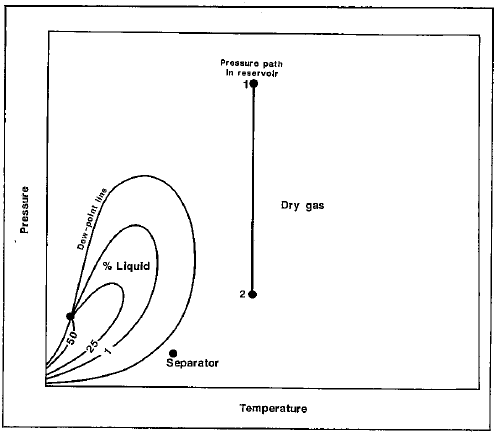Conventional Fluids
Behavior of a reservoir fluid during production is determined by
the shape of its phase diagram and the position of its critical point.
This make each reservoirs have theirs phase diagrams.
the shape of its phase diagram and the position of its critical point.
This make each reservoirs have theirs phase diagrams.
You can see the topics below which are involved with this topic
